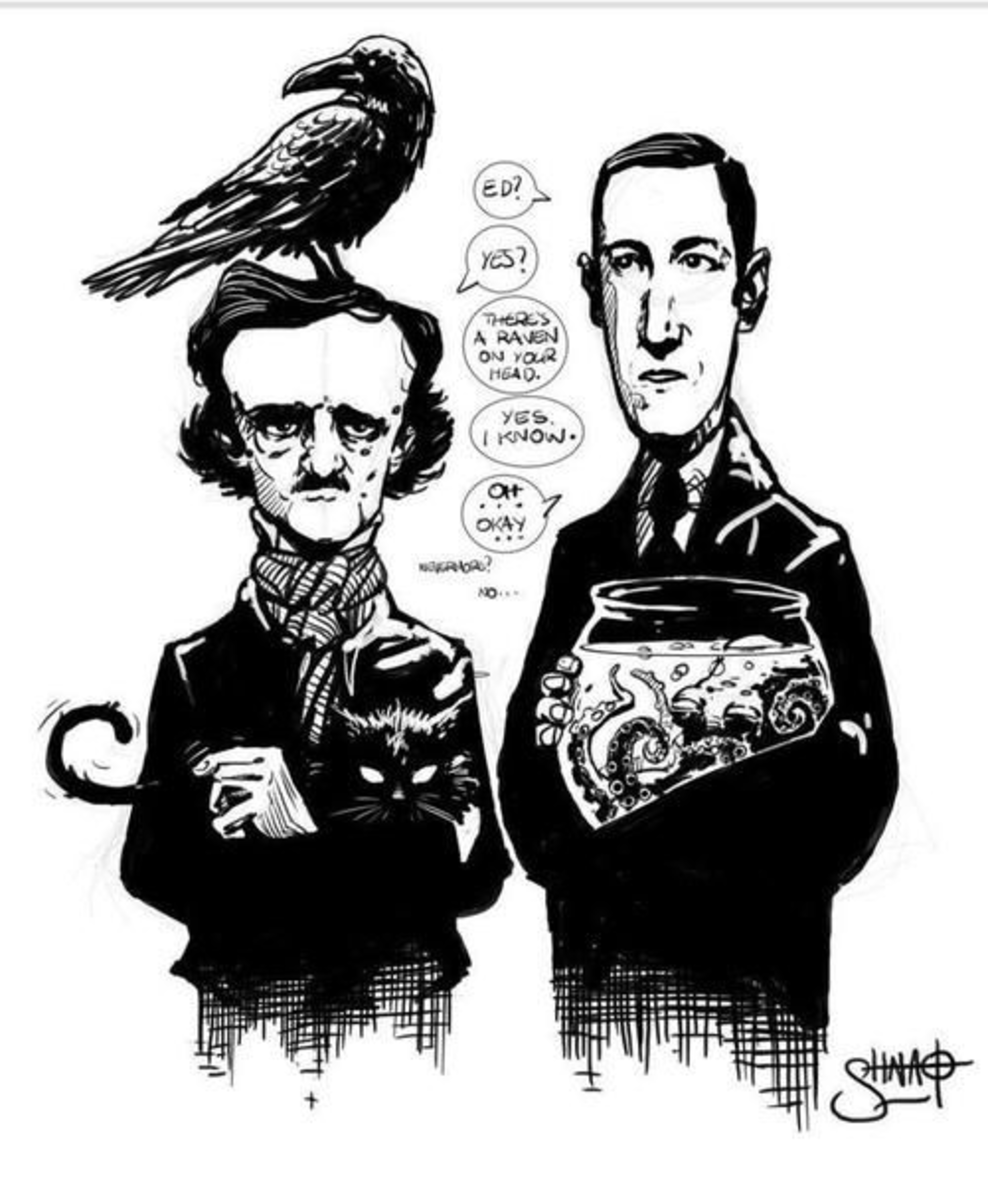What is Experiential Marketing?
Experiential Marketing in Action (See If You Can Find the Company Who Sponsored this Marketing Campaign)
Experiential Marketing Definition
Experiential marketing is a branding activity that seeks to engage potential customers with a business and its brand through events, experiences and sponsorships. However, these are not product demonstrations or sales presentations! Rather, they are unique experiences that help potential customers positively associate with the brand and its message or mission.
With today's social media capabilities, the marketer's hope is that those who do have an experiential marketing experience will share it with their friends and followers, thereby amplifying the reach of the brand through influencers.
Some examples of these experiential marketing activities can include:
- Special invitation-only concerts or shows sponsored by the marketer.
- Sponsored services or products to allow people to experience these offerings while engaged in another activity.
- Sponsorship of events where the target market demographic would gather. In this case, the marketer seeks to be associated as an organization that serves and understands the market. This goes beyond merely throwing money at an event to have a logo plastered on a sign! If going for the experiential factor, marketers will take it one more step to become involved in the actual event itself with their products, personnel or services.
- Unique, one-of-a-kind experiences that are only made available to a limited (and targeted!) market segment. This might include the opportunity to meet a celebrity, participate in a "tell your grandchildren someday" type activity, a behind the scenes tour or other memorable experiences not available to the general public.
As is obvious, this is done with a non-sales approach by:
- Increasing the number of "touches" that a business has with potential customers in a positive, non-threatening way.
- Building positive recognition of a brand.
- Utilizing an inbound marketing strategy that attracts instead of hunts customers.
- Breaking down buyer resistance.
Keys to Making Experiential Marketing Work
Though the intent is to be subtle, the brand must be obvious enough for people to make an association with it. This can be a tricky. So keys to making it work include:
- Marketers need to think outside (or inside!) the proverbial box to come up with unique and surprising ways to positively associate themselves with audiences. In the featured kitten campaign, people were invited into a special box that allowed them to play with kittens as a surprise remedy for stress. The thought chain is a bit long here. Participants will need to enjoy their kitten experience so much that they may consider adopting a cat or kitten. When the cat is then adopted, they'll need to remember the brand that introduced them to the wonderful world of cat ownership. Then they'll need to remember that brand as a kitty litter manufacturer and look for the product at the store.
- Marketers must consider what action they want participants to take... sales or otherwise. Alteratively, the kitten campaign could also have used this experiential marketing effort to connect with existing kitten and cat owners, many of whom can't wait to see—and share!—the next cute cat YouTube video with their social media friends. (That's why we have the Internet, right?). That video definitely scores on the cute cat factor! As well, the brand developed a "virtual" stress reduction box with a YouTube video for those who couldn't experience for real.
And for Walking Dead Fans Out There, Check This!
Integrating Social Media and Experiential Marketing
A campaign that skillfully melded social media and experiential marketing is Bud Light's #UpForWhatever campaigns. Bud Light drinkers were invited to participate for the opportunity for some exclusive access events and experiences such as:
- The chance to play electric football with a famous college and NFL football coach.
- A living room and backyard tricked out in the theme of the fan's favorite NFL team.
- Bud Light drinkers were invited to audition for an exclusive party weekend with performances by hot musical acts, going to "beer school," getting served treats by a famous rap artist, sports activities and more.
One fan summed up his experience saying that the best part of the experience is that one didn't know what would happen next. Again, the elements of surprise and uniqueness are critical to providing a memorable campaign.
Also notice that Bud Light used the #UpForWhatever hashtag for the campaign so that fans could share their experiences and conversation on Twitter, Facebook and other social media channels.
Experiential Marketing Downsides
As is evident from the above discussions, experiential marketing is not the same as a sales presentation or even advertising. So it does present a wealth of challenges to marketers including:
- Difficulty Measuring ROI. As noted in the discussion on the kitten therapy segment, the path from initial contact to the ultimate sales opportunity can be quite circuitous and participant prospects could drop out of the sales funnel at any point.
- Cost. Looking at the examples presented here, imagine how expensive each one of these efforts was! This is not to say that all experiential marketing efforts have to be expensive. Leveraging social media can help absorb some of the public relations costs while still achieving coverage and reach. But the costs must be carefully evaluated before attempting any of these efforts.
- Remembering the Experience, but Not the Brand. Some experiences can be so intriguing that the brand sponsoring it may be completely missed or dismissed... not what the marketer intended.
- Deceptive? Some participants may feel duped if they realize that their awesome experience was actually part of a marketing effort.
- The Negative Experience. What if a brand's customer prospects truly aren't "up for whatever?" And it was probably a trick for the kitty litter folks to recruit participants that weren't allergic (physically or emotionally) to cats without letting on what the experience was all about. Knowledge and research of the target market demographic is an absolute must, along with consulting an attorney on liabilities prior to launch.
This article is accurate and true to the best of the author’s knowledge. Content is for informational or entertainment purposes only and does not substitute for personal counsel or professional advice in business, financial, legal, or technical matters.
© 2014 Heidi Thorne








